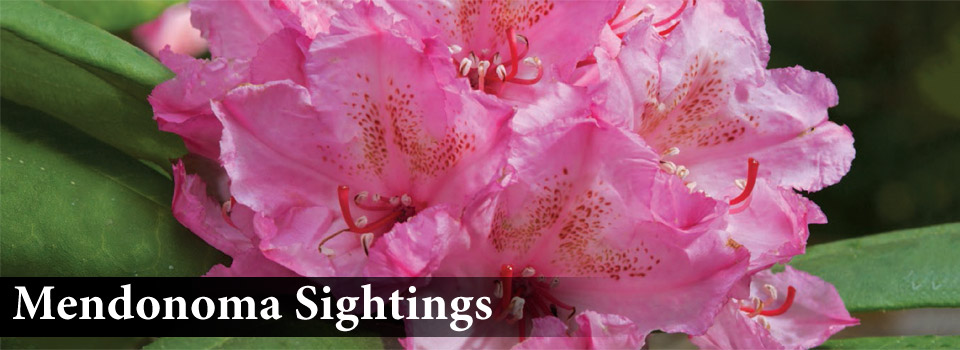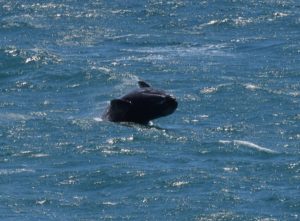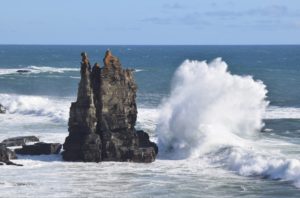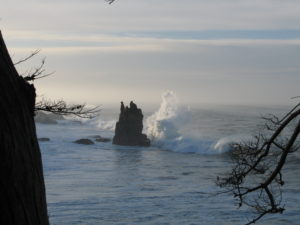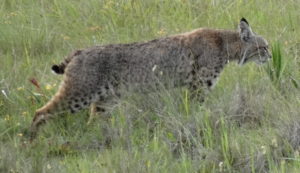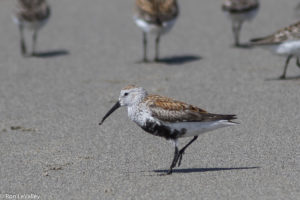They are called parasitic plants because they feed off of tree-nourished soil fungi. One of them is called Candystick, Allotropa. Peter Baye recently found one growing in his forest, the first he has seen in 15 years.
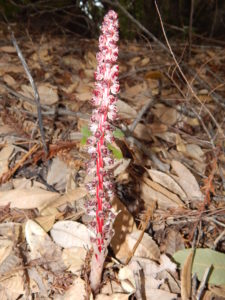 It's such a treat to find this rare jewel. He also found Shinleaf, Pyrola picta. It looks like a lovely bouquet.
It's such a treat to find this rare jewel. He also found Shinleaf, Pyrola picta. It looks like a lovely bouquet.
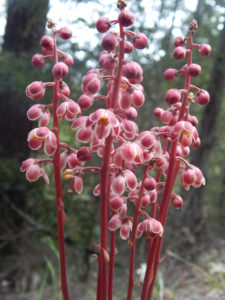 Rick and I recently found this in our forest. Since we had a normal rain year here, some plants are appearing that haven't been seen during the drought. They were hunkered down underground.
Rick and I recently found this in our forest. Since we had a normal rain year here, some plants are appearing that haven't been seen during the drought. They were hunkered down underground.
These plants are only found in mature, old forest soils. Any disturbance of the soil is a threat to these flowers. Keep part of your land wild for the sake of native plants and wildlife!
Thanks to Peter for allowing me to share his photos with you here.
